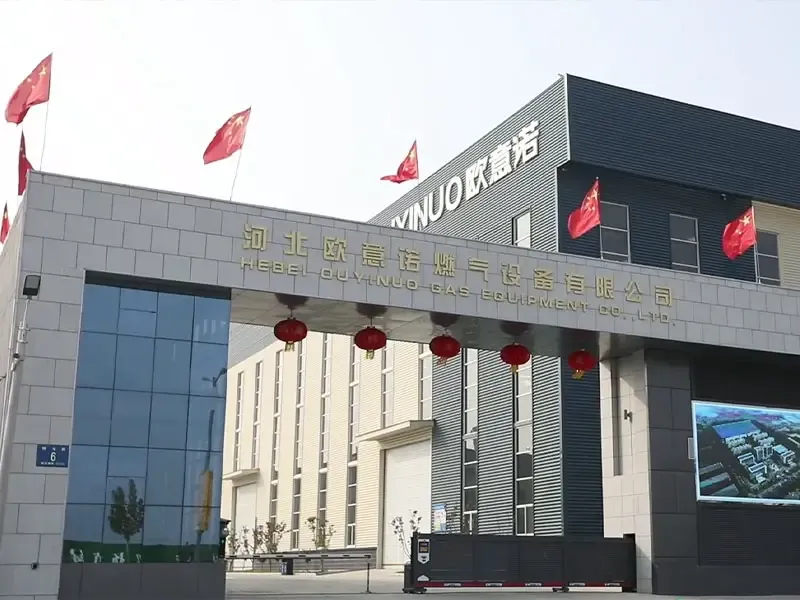
8 月 . 07, 2024 19:25
Back to list
Understanding the Function and Importance of High Pressure Gas Regulators in Various Applications
Understanding High Pressure Regulators Principles and Applications
High pressure regulators play a crucial role in various industrial applications, ensuring safety and efficiency when dealing with high-pressure gases. These devices are designed to reduce the pressure of gas from a storage system to a lower, more manageable level suitable for downstream equipment or processes. Understanding the principles and applications of high pressure regulators is essential for those involved in industries such as oil and gas, chemical manufacturing, and healthcare.
What is a High Pressure Regulator?
A high pressure regulator is a mechanical device used to control the pressure of gases. They are often employed in systems where gas is stored under high pressure, such as in medical oxygen tanks or in industrial gas storage facilities. The primary function of these regulators is to maintain a constant output pressure, regardless of fluctuations in input pressure or changes in gas demand from the downstream system.
High pressure regulators typically consist of several key components an inlet and outlet pressure gauge, a diaphragm, a spring mechanism, and control valves. When high pressure gas enters the regulator, it acts on the diaphragm, which in turn compresses the spring. As the diaphragm moves, it opens or closes the valves to regulate the gas flow, ultimately stabilizing the output pressure.
Principles of Operation
The operation of high pressure regulators is based on the principles of fluid dynamics and mechanical engineering. The regulator must balance the pressure exerted by the incoming gas with the resistance offered by the downstream system. The diaphragm's sensitivity to pressure changes ensures that even minor fluctuations in demand do not cause significant variations in output pressure.
high pressure regulators

When the downstream demand for gas decreases, the pressure in the system rises. The increase in pressure pushes the diaphragm, which causes the valve to close slightly, thereby reducing the flow of gas. Conversely, when the demand increases, the pressure drops, allowing the diaphragm to reset and the valve to open wider to meet the demand. This responsive action is crucial for maintaining system integrity and preventing potential hazards associated with over-pressurization.
Applications of High Pressure Regulators
High pressure regulators find applications in a variety of fields. In the healthcare sector, they are used in medical gas delivery systems to ensure patients receive a constant and safe flow of oxygen or other medical gases. In the industrial context, these regulators are vital for processes that involve the combustion of gases, such as welding or heating applications, ensuring precise flow control.
In the oil and gas industry, high pressure regulators help manage the pressurization of natural gas and associated byproducts. They are integral to gas pipeline systems, where consistent pressure levels are necessary for the safe and efficient transportation of gases over long distances.
Moreover, high pressure regulators are essential in research laboratories and manufacturing plants where specific gas pressures are required for experiments or production processes.
Conclusion
High pressure regulators are vital components in many sectors where the management of gas flow is critical. By ensuring safe and consistent pressure levels, they contribute to the overall efficiency and safety of operations. Understanding how these regulators work and their applications can enhance operational effectiveness and safety measures in various industries, making it imperative for professionals to be well-versed in their functionality and use.
Latest news
-
Unlocking The Quality Gas Pressure ReducersNewsNov.01,2024
-
The Role of Gas Pressure Reducing StationsNewsNov.01,2024
-
The Importance and Functionality of Safety Relief ValvesNewsNov.01,2024
-
The Essential Role of Safety Valves in Natural Gas ApplicationsNewsNov.01,2024
-
The Essential Role of Gas Pressure RegulatorsNewsNov.01,2024
-
Enhance Your Premium Gas FiltersNewsNov.01,2024

